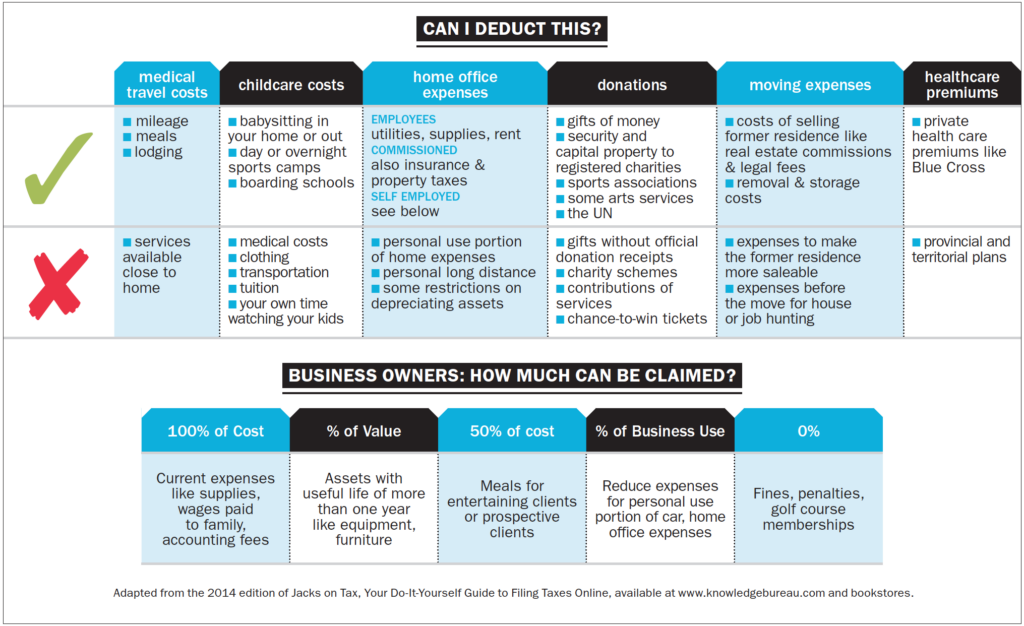Must-knows to file this year’s taxes
Here are the tax changes affecting families plus info on what you can, and can't, deduct.
Advertisement
Here are the tax changes affecting families plus info on what you can, and can't, deduct.

Share this article Share on Facebook Share on Twitter Share on Linkedin Share on Reddit Share on Email